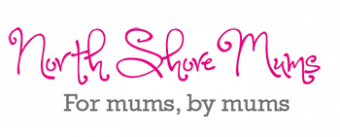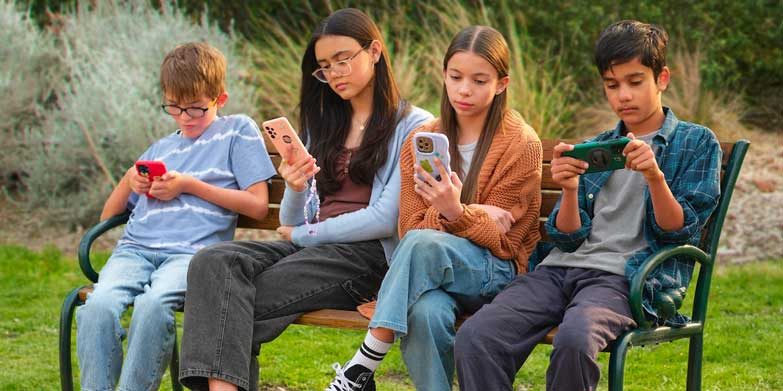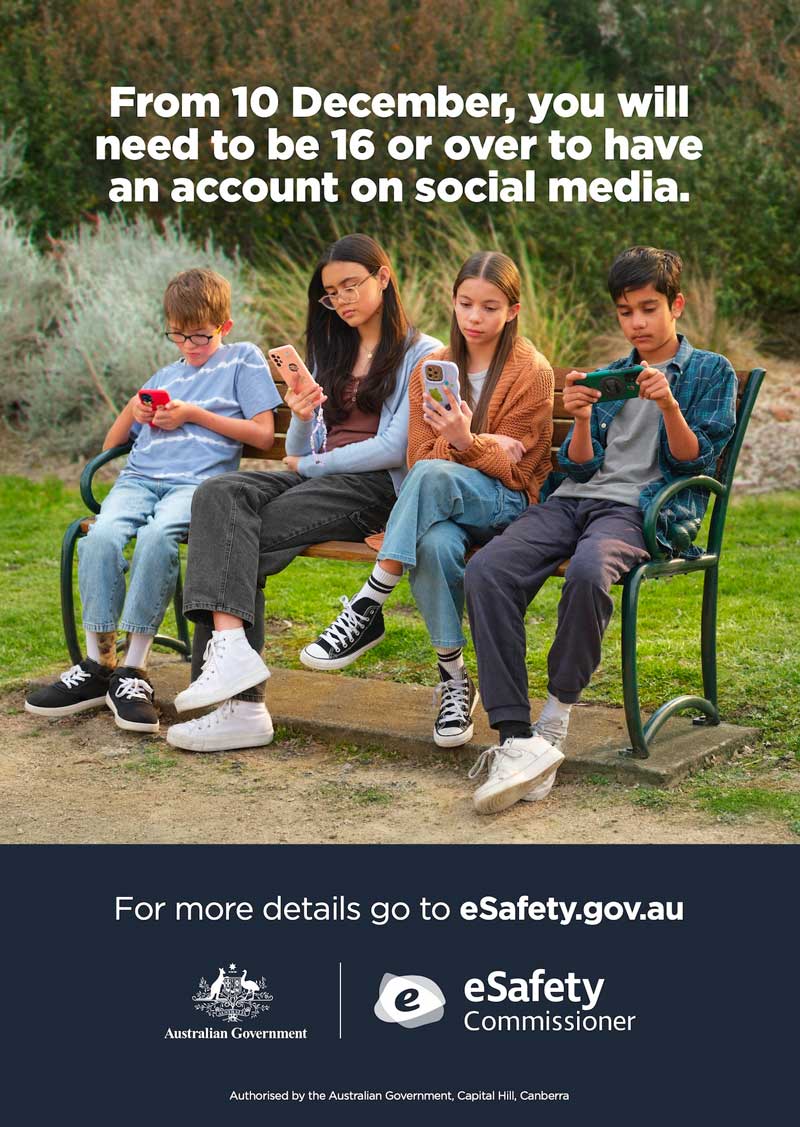Australia is introducing a world-first social media ban for children under 16, marking a significant shift in how young people access digital platforms. Here’s what you need to know about the new laws, who they affect, and when they come into force.
The Australian Government is introducing world-first social media age restrictions to protect young Australians at a critical stage of their development.
From 10 December 2025, platforms including TikTok, Instagram, Snapchat, X, Facebook and YouTube will be required to take reasonable steps to stop Australians under 16 from opening an account.
Online gaming and standalone messaging apps are among those excluded.
The new rules aim to reduce the risks and pressures young users face online — from addictive design features that encourage excessive screen time to harmful content that can affect their mental health and wellbeing.
These new measures form part of the Government’s broader effort to create a safer online environment and ensure that young Australians can engage with digital technologies in a way that supports, rather than harms, their wellbeing.
Minister for Communications Anika Wells will meet with major social platforms this week to reinforce the government’s expectations regarding the enforcement of the law.
“The purpose of this law is clear – it’s about creating cultural change so that young Australians have three more years to build real-world connections and online resilience. This national education campaign will spread awareness about the changes coming for all Australian families. Parents and carers are encouraged to start having conversations about these new laws with their families to help them prepare.” – Anika Wells, Minister for Communications
What happens if a child under 16 has a social media account?
It’s not a ban, it’s a delay in having accounts.
This means there will be no penalties for under-16s who access an age-restricted social media platform, or for their parents or carers. However, age-restricted social media platforms may face penalties if they don’t take reasonable steps to prevent those under 16 from having accounts.
How will under-16s be stopped from bypassing age restrictions?
Most social media platforms already set minimum age limits, but many don’t enforce them. Under the new law, that will no longer be acceptable. Platforms with age restrictions must now take reasonable steps to ensure that users under 16 can’t create or keep accounts.
Privacy-preserving technologies already exist to verify age, and many are in use today. While no system is foolproof, platforms will be expected to act when there are signs that an account holder may be under 16, similar to how restrictions on alcohol or cigarettes work.
Age-related signals that may prompt checks include:
- Account activity length and patterns (e.g. school hours)
- Interaction with under-16 content or users
- Language style and maturity
- Facial or voice age analysis
- Membership in youth-focused groups
Platforms must also determine if a user normally lives in Australia and may be masking this with a VPN. They can assess this through signals such as:
- IP address or GPS data
- Device language, time zone, and identifiers
- Australian phone numbers or account settings
- Photos, tags, or engagement history
When these signals suggest a user may be underage or misrepresenting their location, platforms must review or recheck the account.
How will Australians prove their age?
Platforms can choose from a range of technologies to verify age at sign-up or later, provided they protect users’ privacy. eSafety has issued regulatory guidance to help platforms select effective, lawful methods, drawing on the Australian Government’s Age Assurance Technology Trial, industry consultation, and international best practice.
Australians won’t be required to use government-issued ID or a digital ID service. Age-restricted social media platforms must offer reasonable, privacy-respecting alternatives for users to prove their age.
For the latest information, go to esafety.gov.au













